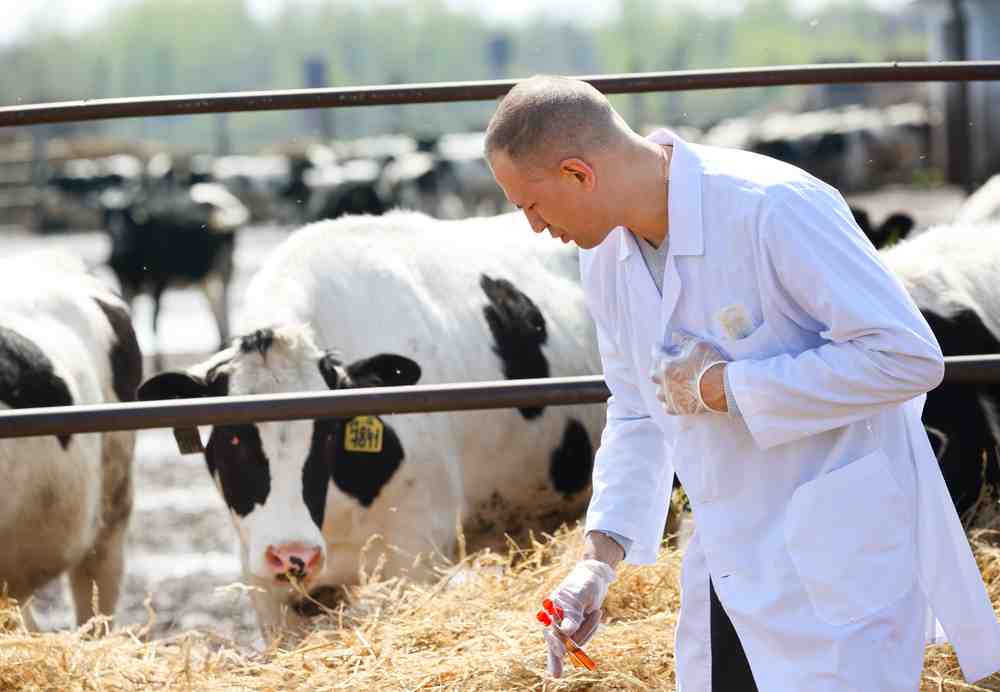CAP simplification is part of European Agriculture Commissioner Phil Hogan’s overall strategy to streamline and reduce EU legislation wherever possible.
This week he outlined some of his key proposals on how to make the CAP better for farmers to European Agriculture Ministers.
1. Time to correct mistakes on applications
This proposal means that farmers will now have 35 days to correct mistakes in applications for payments without penalty.
This measure provides for preventive preliminary checks as part of the aid application process.
This should allow national administrations to identify problems with farmers’ applications so that, even up to 35 days after the final date of submission, farmers will be allowed to make corrections without the application of any penalties.
According to Commissioner Hogan the measure should take away a lot of the fear and uncertainty linked to filling out forms and the ever present fear of fines and disallowances which many farmers experience.
“The modification of the necessary Implementing Act received a positive opinion of the Committee on Wednesday last and I expect that it will be adopted by the Commission by mid-December,” he said.
2. Reduction in on-the-spot inspections
This proposal will reduce the level of some on-the-spot checks for 2016.
This will open up the possibility for more Member States to reduce such checks that is currently possible (for some schemes).
This will be achieved by modifying the conditions under which on the spot checks are necessary. It will allow national administrations to target on-the-spot checks to where they will have the greatest effect.
Where overall error rates are below 2% and Member States have updated their farm mapping system within the last 3 years, it will be possible, for certain schemes, to reduce the on–the-spot-checks from 5% to only 1% of the sample size.
Commissioner says the move would significantly relieve the burden on farmers and national administrations alike.
3. Simplifying Young Farmers Scheme
The Commissioner intends to give discretion to national administrations regarding the access to the Young Farmers Scheme of legal bodies jointly controlled by young farmers and other farmers who do not meet the young farmer criteria.
He said in proposing this measure, he is responding to the request of several Member States to have greater flexibility and subsidiarity in determining which legal persons could qualify as young farmers.
Hogan said this modification will increase the effectiveness and the outreach of the scheme by allowing Member States to focus on those arrangements among young farmers which best suit their national framework and reality on the ground.
“It should also allow for reducing the administrative burden linked to controls.
“It also gives national administrations the possibility to further align the Pillar One provisions for access to the Young Farmer Scheme with their implementation under Rural Development Programmes in Pillar Two,” he said.
4. Make penalties more proportional to the crime
According to Commissioner Hogan, one of the issues which arises most frequently when he meets farmers throughout the EU is the proportionality of administrative penalties.
“I have asked my services in DG AGRI to look at how we can simplify the administrative penalty system for direct support, particularly with a view to the application of appropriate penalty levels that reflect the seriousness or otherwise of the breach of the rules of the scheme.
“In this regard, I want to see particular attention paid to fairness for farmers with small holdings, for whom the application of high penalties may well compromise their very viability,” he said.
5. Longer notification before inspections
The Commissioner also said that he is looking at the advanced notification periods that farmers would get in respect of on-the-spot controls.
However, he said this must be looked at in the context of maintaining the sound financial management of the European tax payers money.




